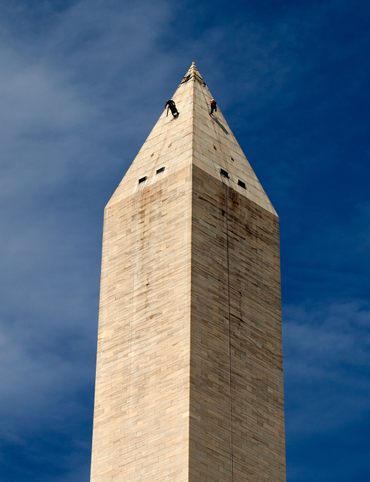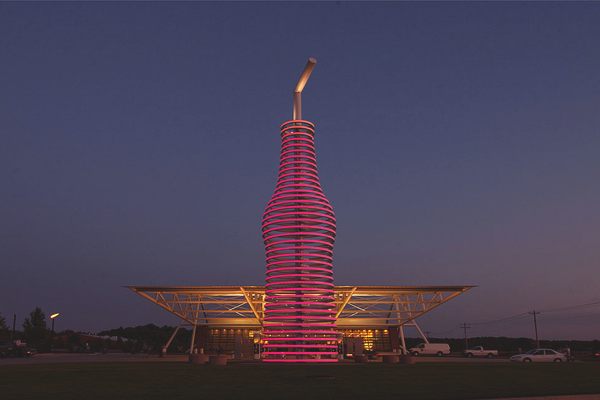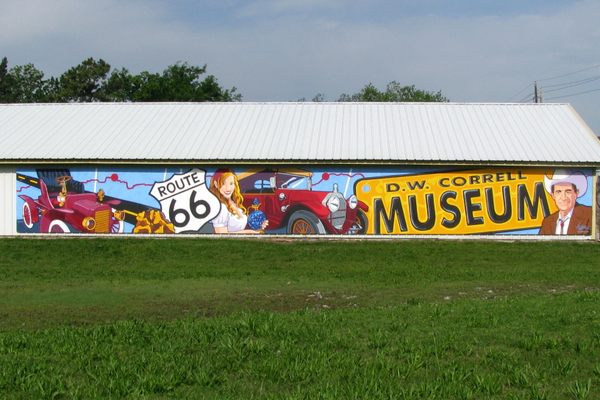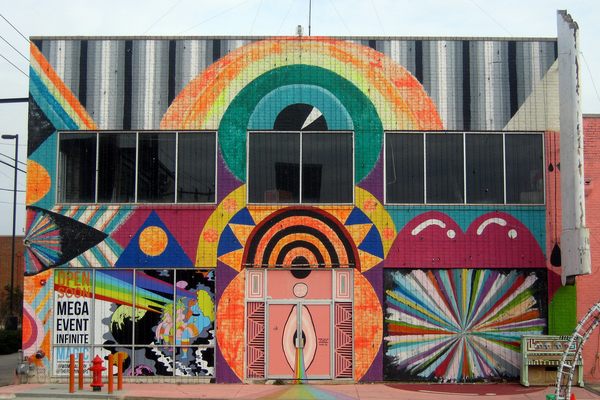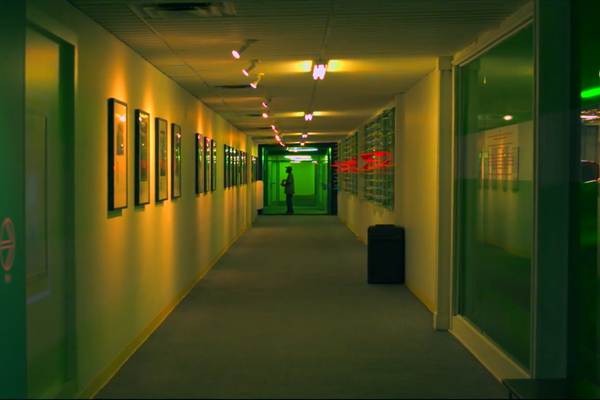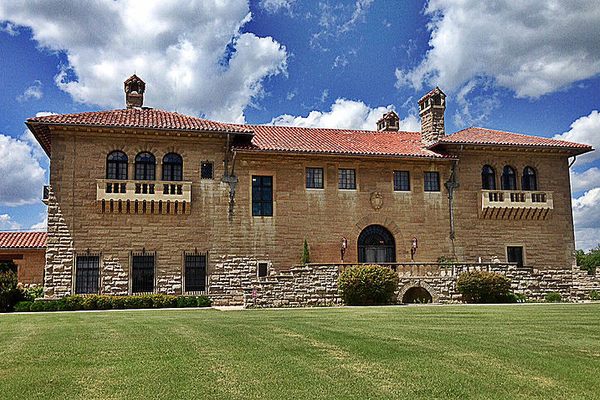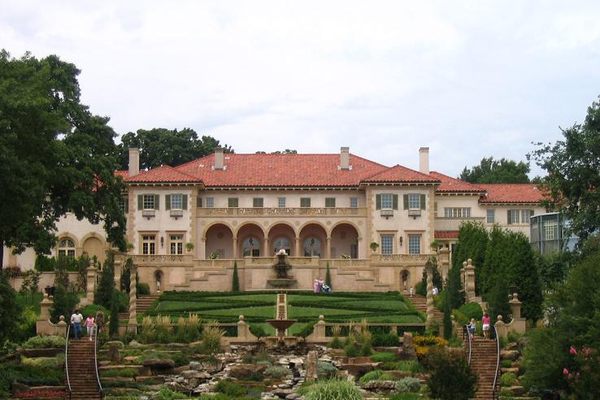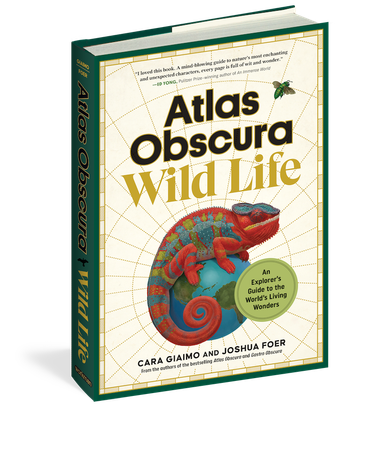50 States of Wonder
8 Buildings That Prove Oklahoma's an Eclectic Art Paradise
In the 1920s, a number of oil reservoirs were discovered in Oklahoma, and the promise of riches led to a population boom. Would-be oil barons moved in from the coasts, bringing with them the most popular style of the moment, Art Deco. Much of that architecture still stands today, alongside institutions that honor the state’s earlier history and its modern culture. Though many people know Oklahoma better for its oil fields and cattle ranches, the state also has a rich history of innovative art and architecture. From elaborate family estates to experimental art collectives, these are a few of the unique creative spaces that await in Oklahoma.
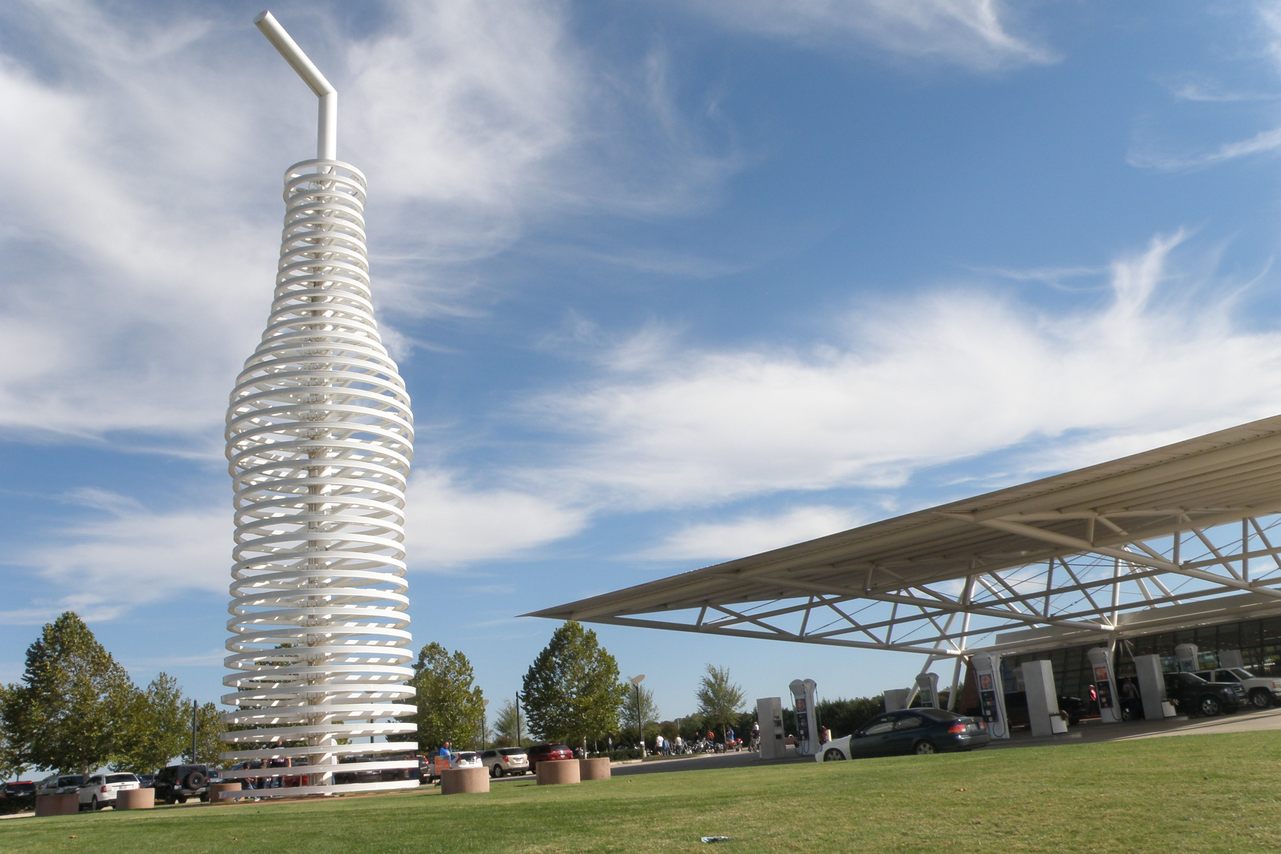
1. Pops 66 Soda Ranch
Route 66 was born in Oklahoma, and this restaurant pays homage to the classic roadside eateries that sprung up along it. The building is reminiscent of old gas stations, but made ultra-modern. Pops, which was established in 2007, sells around 700 different kinds of beverages, along with diner fare like burgers and hot dogs. A rainbow of carefully-arranged soda bottles adorn the interior walls. But the real star of the show is outside: a 66-foot tall soda bottle sculpture made out of metal rings. Each night, the bottle glows in an impressive light show worthy of Route 66’s sensational heritage. (Read more.)
660 OK-66, Arcadia, OK 73007
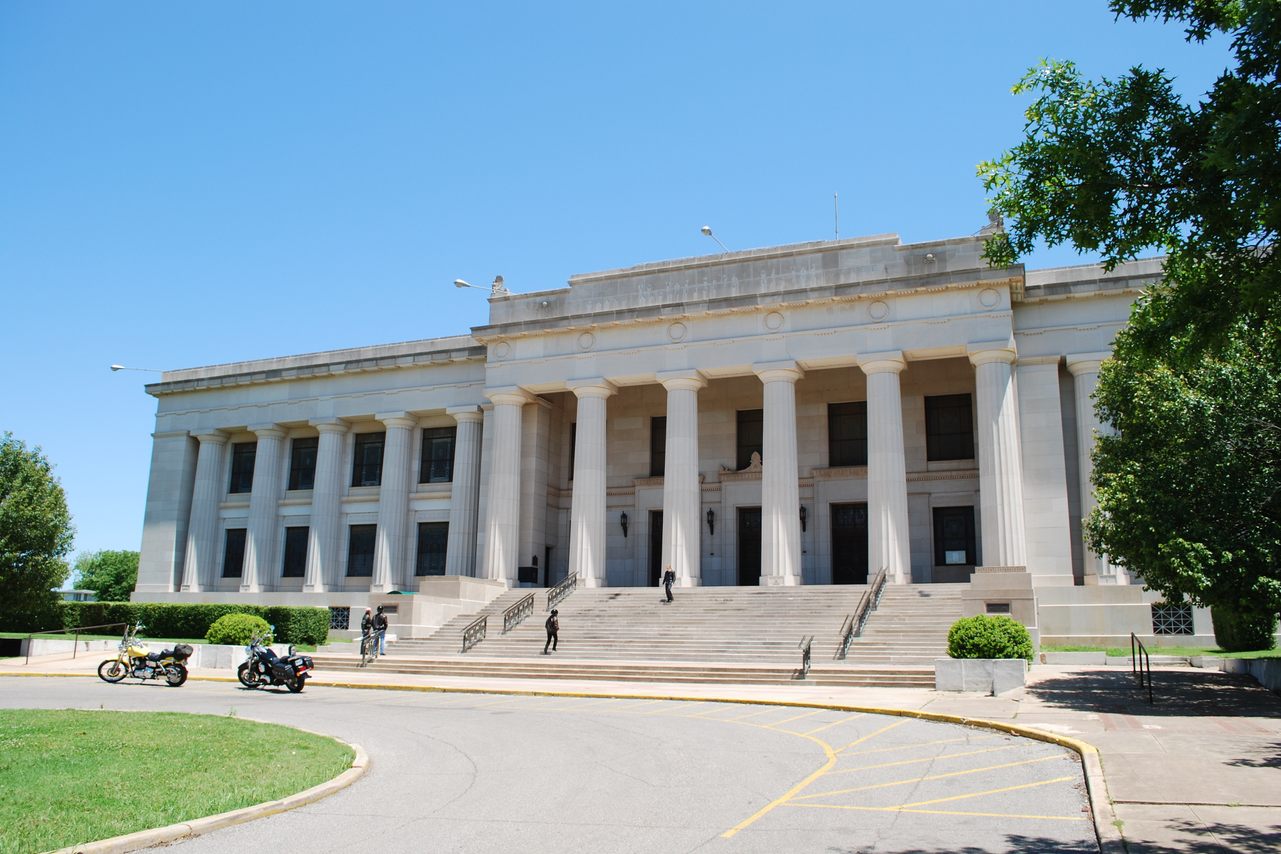
2. Scottish Rite Temple
At the end of Oklahoma Avenue in downtown Guthrie lies an elaborate Neoclassical-style building. Doric columns line the facade, which is dotted with 400 stained glass windows. This is the Scottish Rite Temple, one of the largest Masonic complexes in the world. The temple was completed in 1923, and has remained largely unchanged since. It contains a Roman-style theater with seating for 3,500; rooms replicating designs from ancient Egypt, Pompeii, and Assyria; and a room filled with Czech crystal chandeliers. (Read more.)
900 E Oklahoma Ave, Guthrie, OK 73044

3. Boston Avenue United Methodist Church
One of the most stunning examples of Art Deco in Oklahoma—and in the United States—is Tulsa's Boston Avenue United Methodist Church. The building mixes elements of Art Deco style with Gothic structure. The design is rich with symbolism, from subtle elements (such as lines representing an outpouring of divine love and motifs of native Oklahoma flowers), to more overt ones, including the statues of famous Methodist figures that stand guard over the church entrances.
There is some controversy surrounding who actually designed the church. The famed architect Bruce Goff is normally given the credit. But Adah Robinson, an artist and a member of the congregation who was Goff's high school teacher, presented initial sketches for the church's unconventional appearance. (Read more.)
1301 S Boston Ave, Tulsa, OK 74119
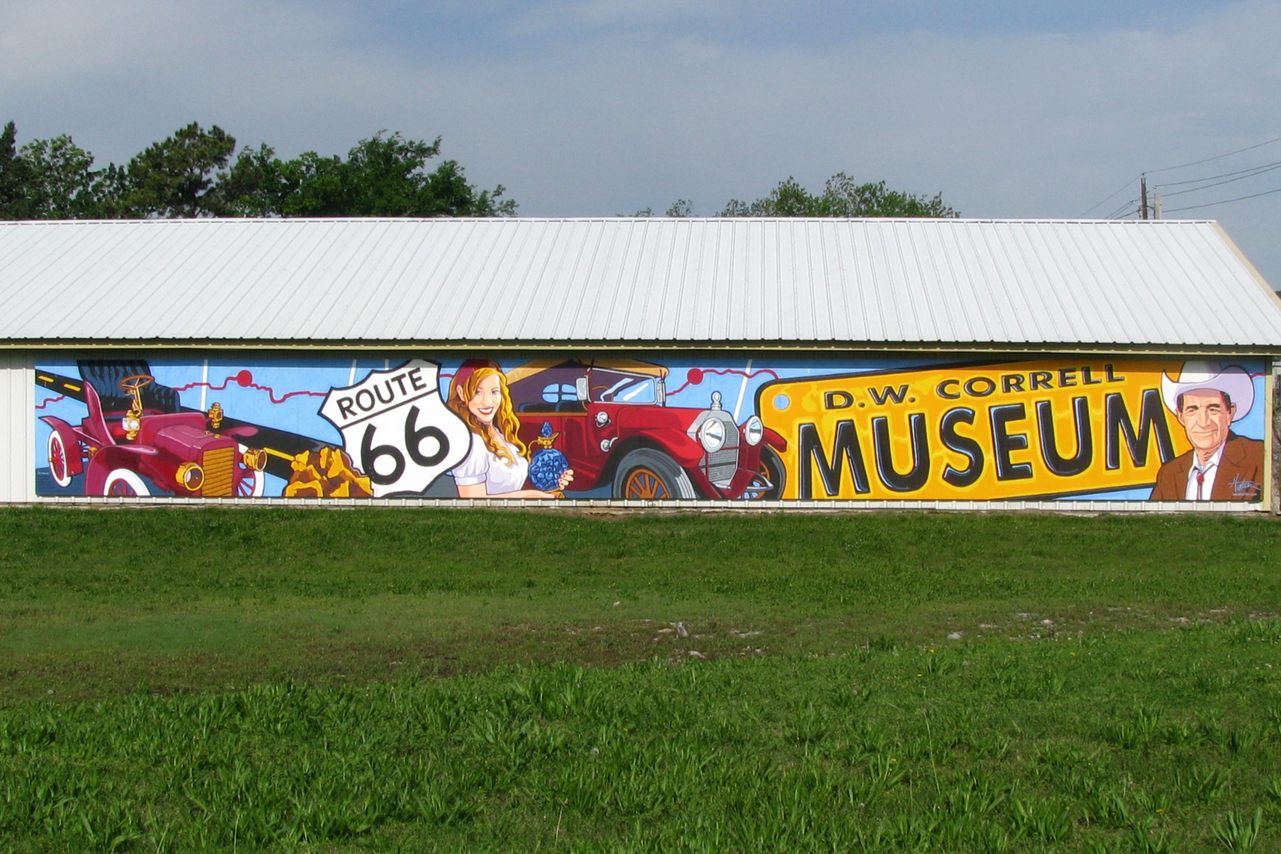
4. D.W. Correll Museum
D.W. Correll was an industrial management expert with an eclectic mix of interests—jewelry making, rock collecting, antique cars, and marine biology, to name a few. When he died in 1998, Correll left his treasures to the city of Catoosa. It took a few years of sorting through the collection, but the D.W. Correll Museum opened to the public in 2001. The museum is housed in two separate buildings. In one, you’ll find classic automobiles, including a 1902 Oldsmobile and a steam-powered 1899 Locomobile. The other holds a variety of Correll’s other collections, including mineral specimens, fossilized sea sponges, and intricately designed liquor and perfume bottles. (Read more.)
19934 E Pine St, Catoosa, OK 74015
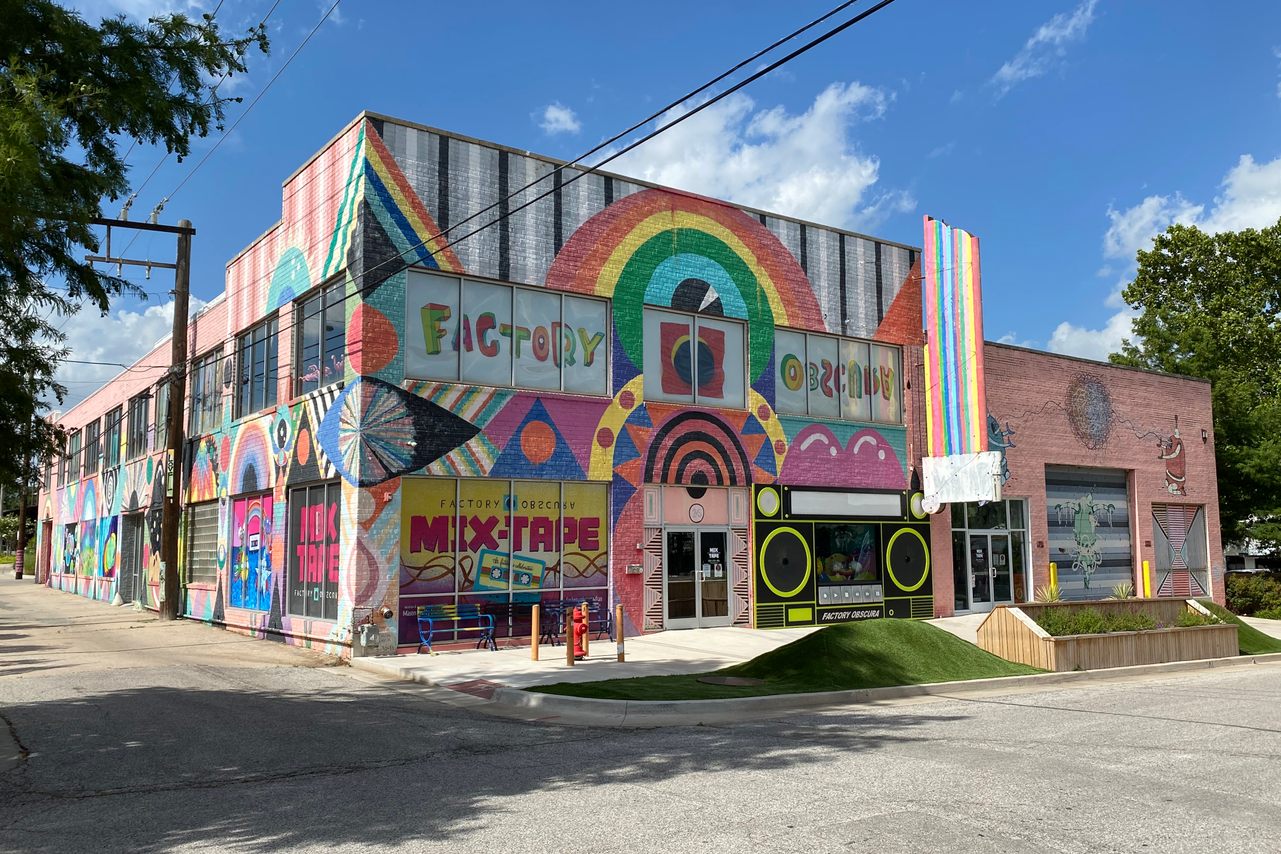
5. Factory Obscura
With its fluorescent murals, this converted warehouse in downtown Oklahoma City is hard to miss. In 2011, a group of artists and musicians turned the building in the city’s Automobile Alley district into an arts complex that they called the Womb. In 2017, the space was reimagined as Factory Obscura, an Oklahoma City art collective that creates immersive experiences meant to “awaken wonder, build community, and make the world better.” Inside the 6,000-square-foot space, there are all sorts of nooks and crannies to explore, with tunnels to crawl through and music to experience. (Read more.)
25 NW 9th St, Oklahoma City, OK 73102
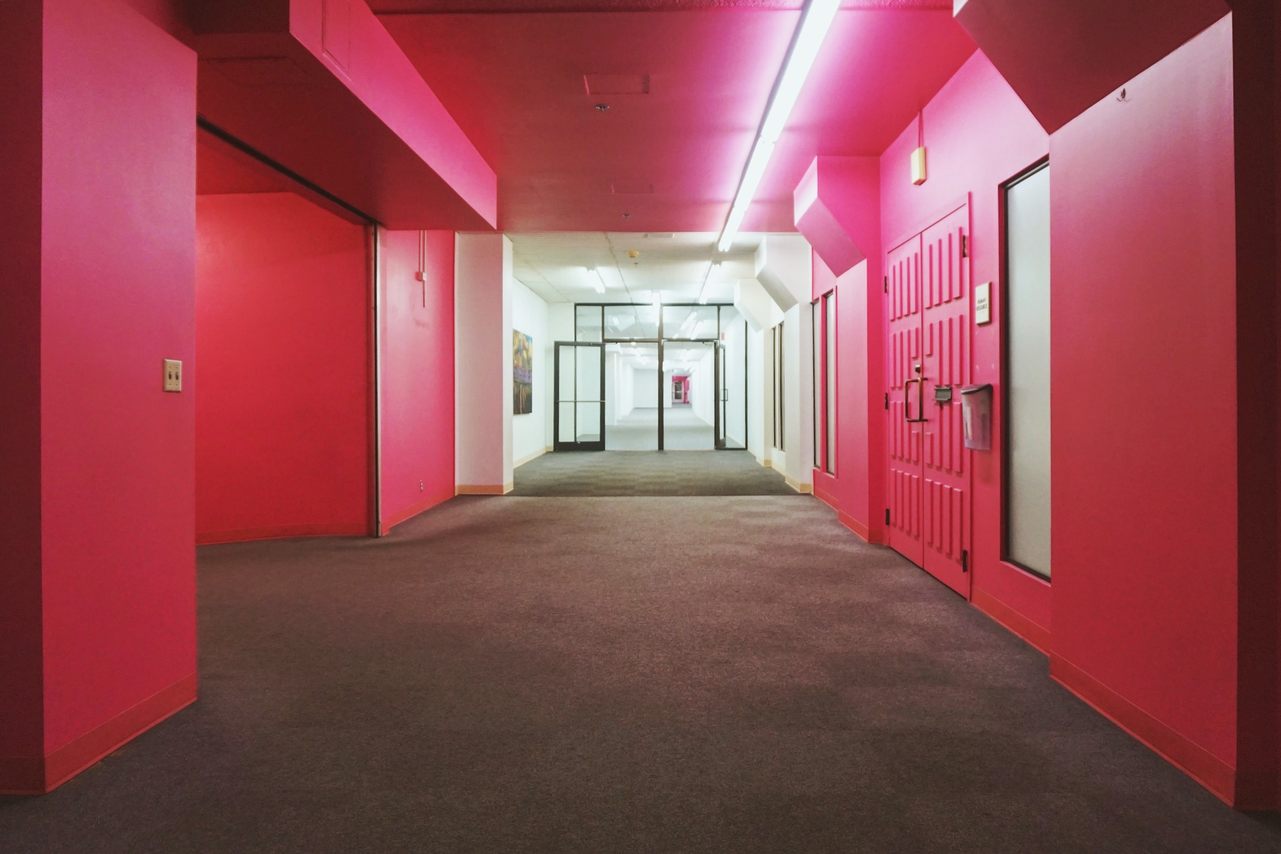
6. Oklahoma City Underground
If you keep exploring downtown Oklahoma City, you might find one of the discreet entrances to a subterranean neighborhood. The Oklahoma City Underground is a series of pedestrian tunnels and walkways that cover more than 20 city blocks. The space first opened in 1974, and is filled with art and history exhibits that celebrate Oklahoma and its capital. Visitors can also find shops, restaurants, and a post office in the underground. (Read more.)
Oklahoma City, OK 73104
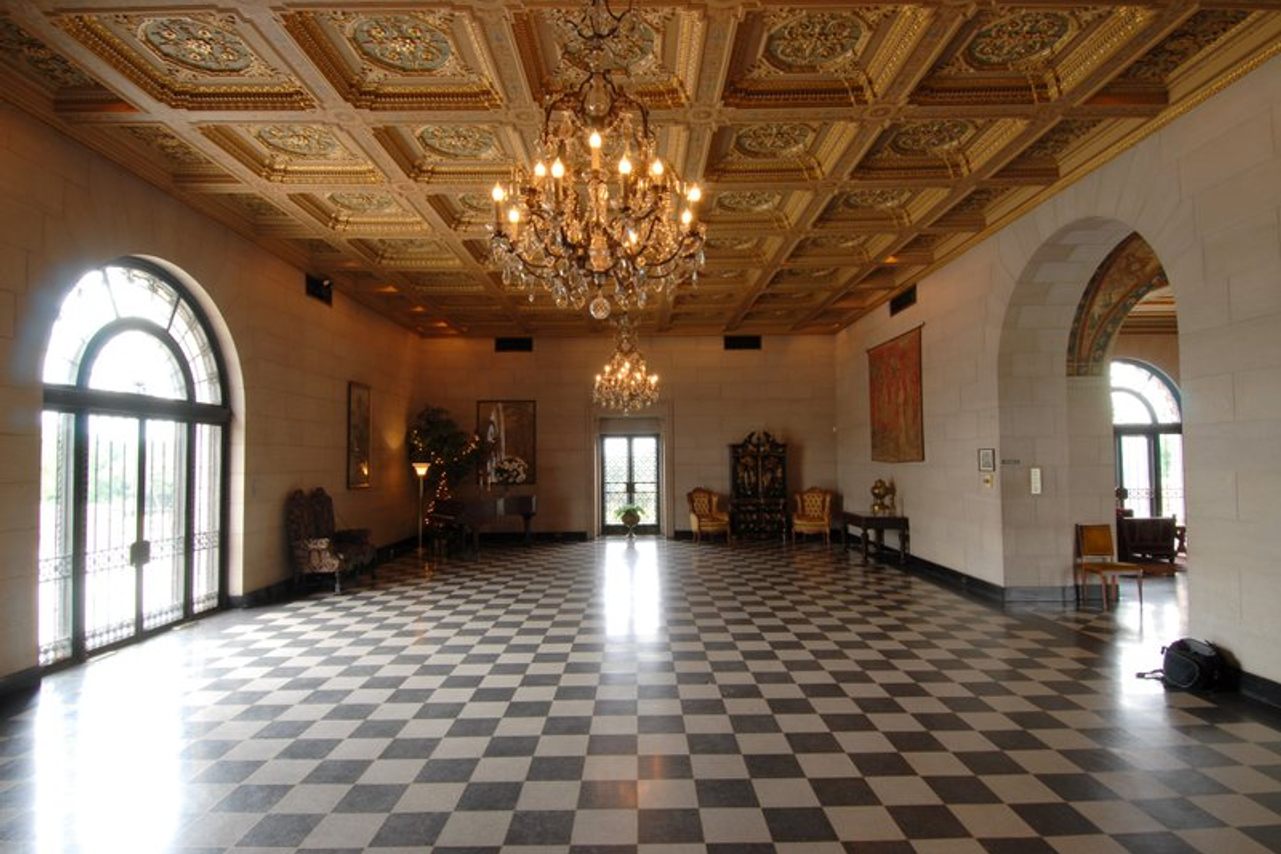
7. E.W. Marland Mansion
About an hour and a half northwest of the Philbrook Museum sits the estate of another oilman, the former Oklahoma governor E.W. Marland. The Marland Mansion is a sprawling estate perched at the edge of a quarry pit turned swimming pool. Marland's claim to fame was his control of vast oil reserves. With the millions of dollars that drilling brought in, Marland was able to build an opulent home. He spared no expense: His home boasts marble floors, crystal chandeliers, and ceilings that were hand-painted over three years by the Italian muralist Vincent Maragliotti.
The Marlands moved off the property in the 1930s. The following decade, a group of Carmelite Fathers were cloistered on the property, then sold it to a group of nuns, who ran a convent and school on the grounds until 1974. Today the property is owned by Ponca City. Much of the estate has been preserved in its original condition, though some buildings now host micro-museums dedicated to art, oil, and Marland family history. (Read more.)
901 Monument Rd, Ponca City, OK 74604

8. Philbrook Museum of Art
This three-story, 72-room mansion might make you feel as though you’ve been transported to the Italian countryside. The house and its surrounding gardens were inspired by Villa Lante, an estate in Tuscany.
The 25-acre estate was once the home of businessman Waite Phillips and his wife, Genevieve. Today it is a museum with a collection of historic and contemporary art. In 1938, the Phillips family donated their estate to the city of Tulsa, and the Philbrook Museum of Art opened its doors the following year. After an expansion in the 1990s, the museum now includes nine collections from around the world. One of the highlights is its vast collection of Native American art, which includes paintings, jewelry, pottery, and traditional woven artifacts and baskets. (Read more.)
2727 S Rockford Rd, Tulsa, OK 74114
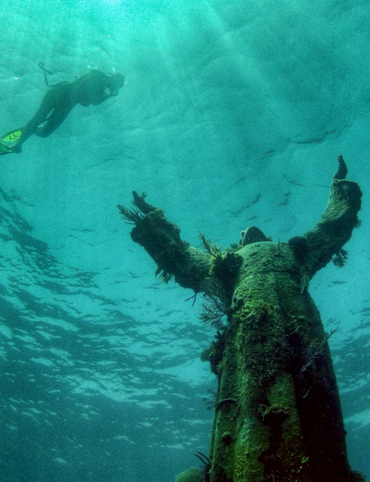
4 Underwater Wonders of Florida
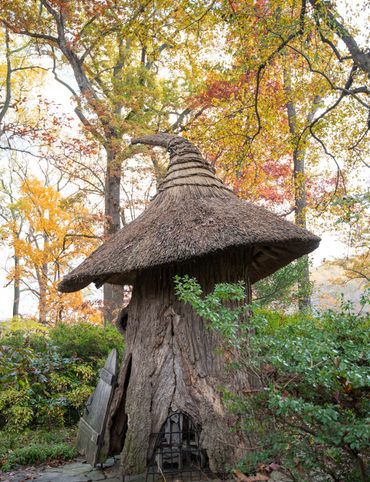
6 Spots Where the World Comes to Delaware
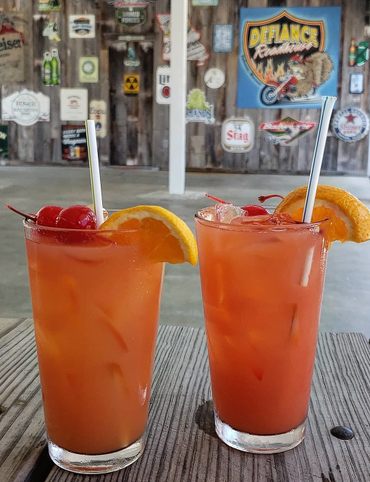
6 Wondrous Places to Get Tipsy in Missouri
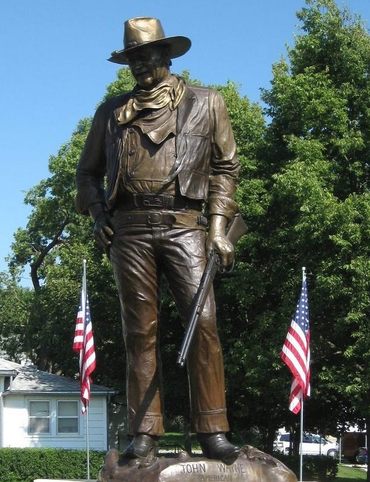
4 Pop-Culture Marvels in Iowa

7 Stone Spectacles in Georgia

6 Stone-Cold Stunners in Idaho
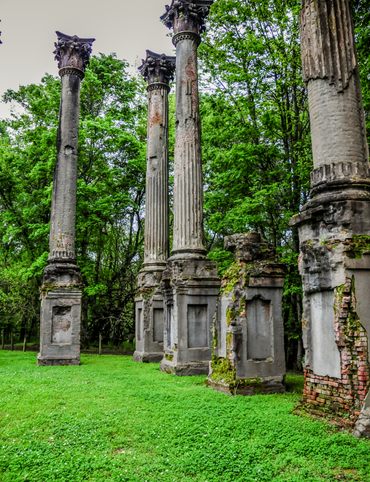
8 Historic Spots to Stop Along Mississippi's Most Famous River
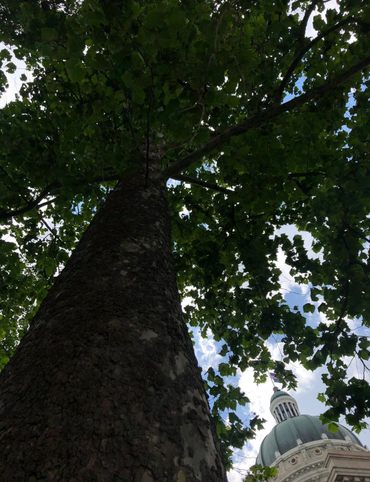
5 Incredible Trees You Can Find Only in Indiana
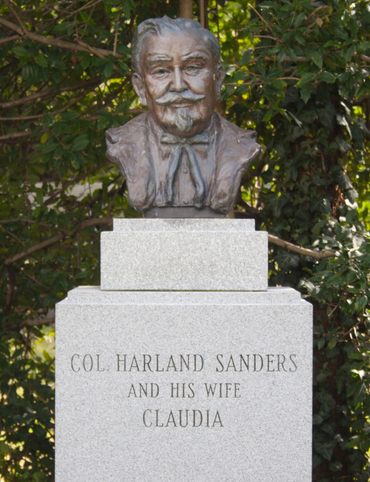
5 Famous and Delightfully Obscure Folks Buried in Kentucky

4 Wacky Wooden Buildings in Wyoming
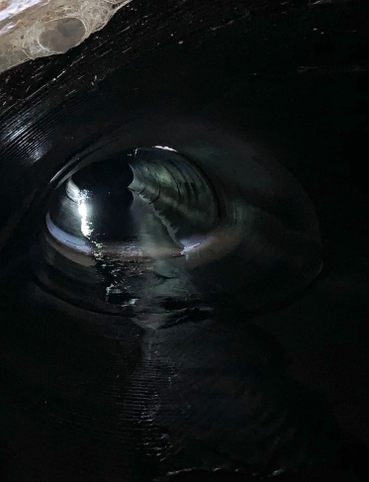
7 Spots to Explore New Jersey’s Horrors, Hauntings, and Hoaxes
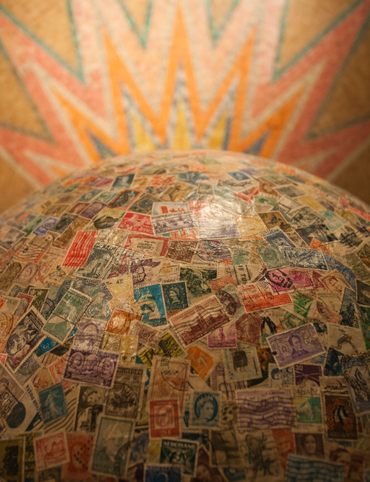
4 Out-There Exhibits Found Only in Nebraska
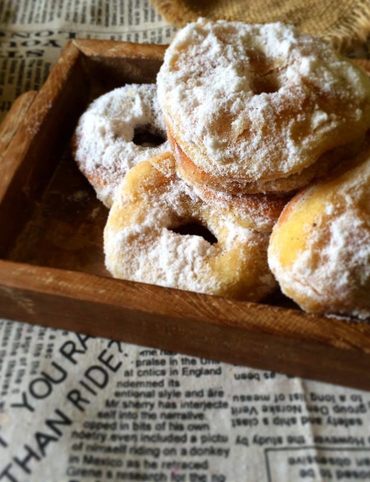
6 Sweet and Savory Snacks Concocted in Utah
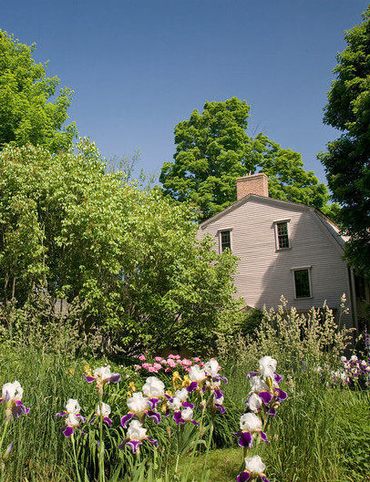
12 Places in Massachusetts Where Literature Comes to Life
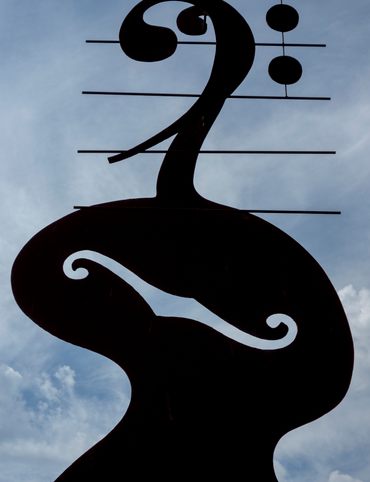
8 Places to Get Musical in Minnesota
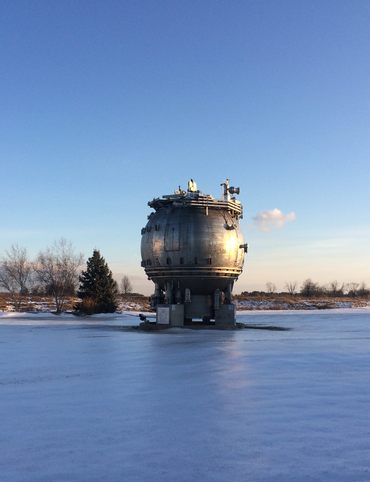
9 Stunning Scientific Sites in Illinois
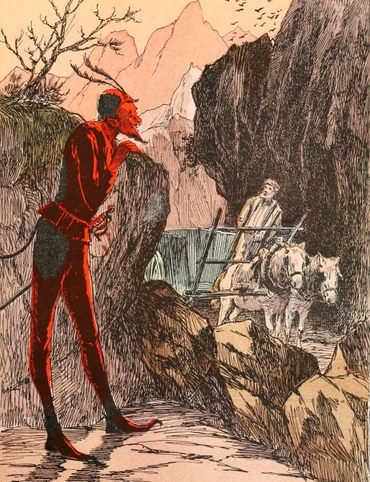
5 Strange and Satanic Spots in New Hampshire
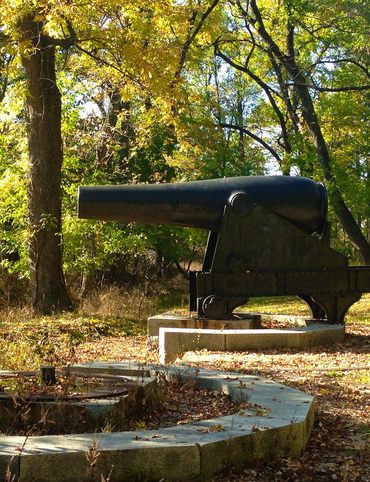
8 Historic Military Relics in Maryland
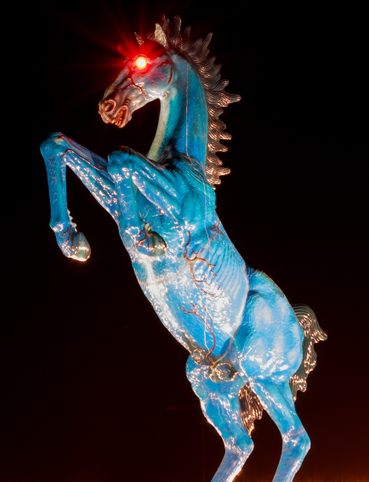
5 of Colorado's Least-Natural Wonders
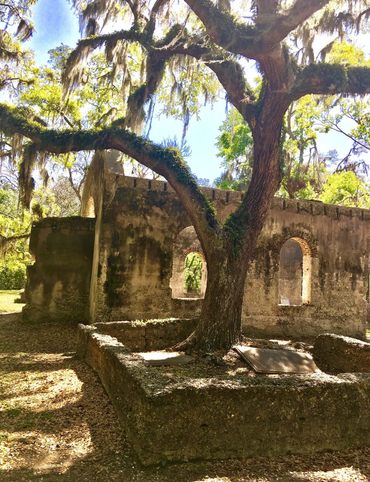
6 Hallowed Grounds in South Carolina
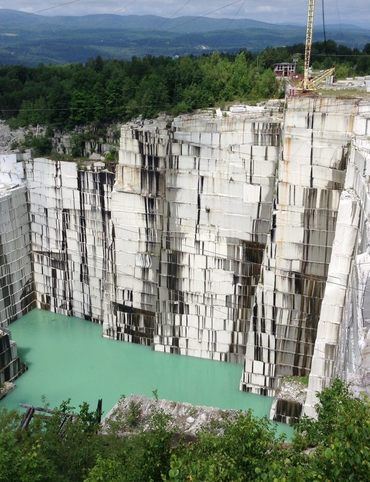
9 Rocking Places in Vermont
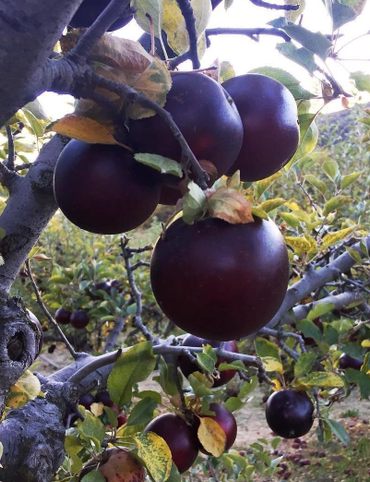
Black Apples and 6 Other Southern Specialties Thriving in Arkansas
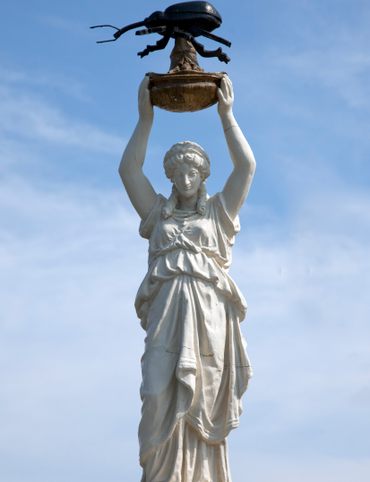
4 Monuments to Alabama’s Beloved Animals
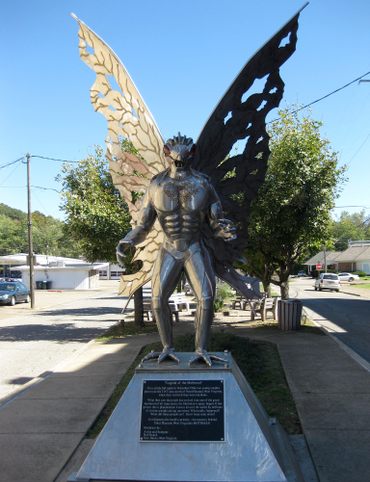
The Dark History of West Virginia in 9 Sites
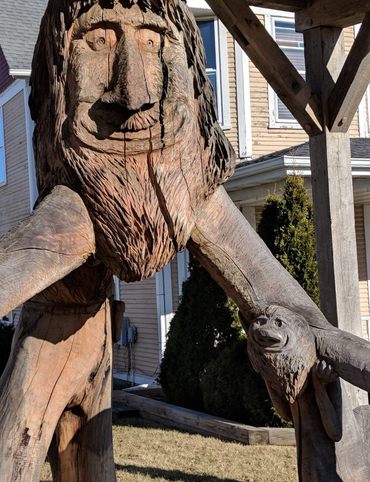
11 Zany Collections That Prove Wisconsin's Quirkiness
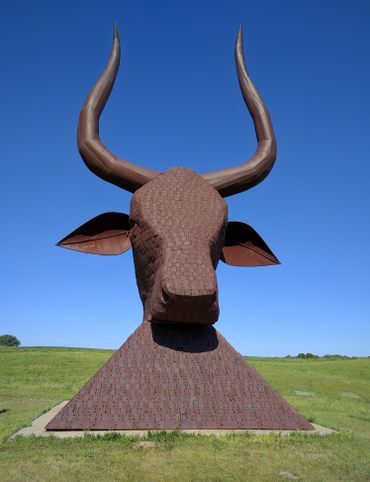
7 Inexplicably Huge Animals in South Dakota
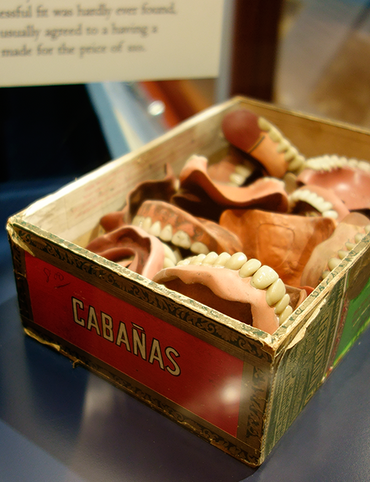
6 Fascinating Medical Marvels in Pennsylvania

8 Places in Virginia That Aren’t What They Seem
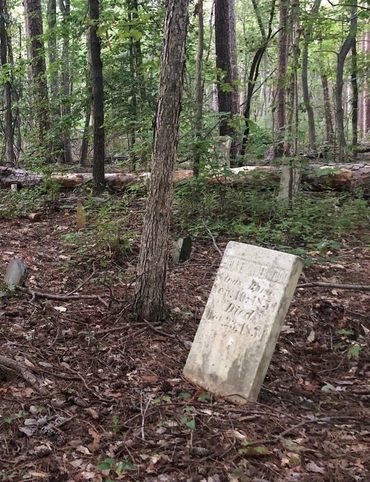
7 Cool, Creepy, and Unusual Graves Found in North Carolina

7 of Montana's Spellbinding Stone Structures
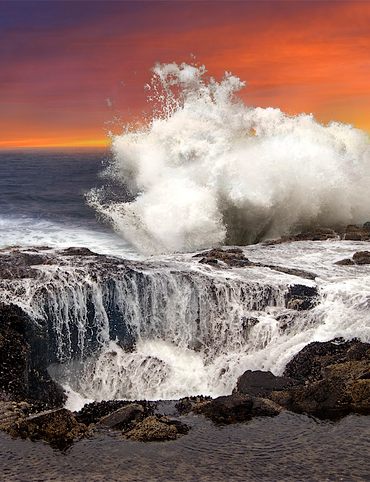
9 of Oregon’s Most Fascinating Holes and Hollows
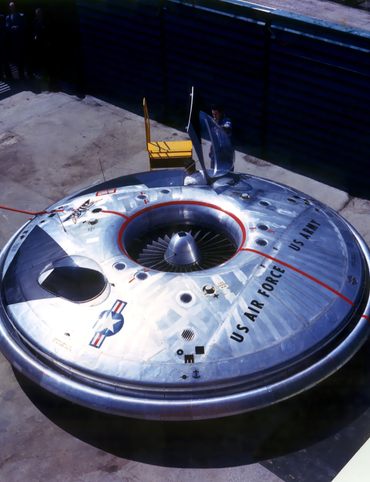
Take to the Skies With These 9 Gravity-Defying Sites in Ohio
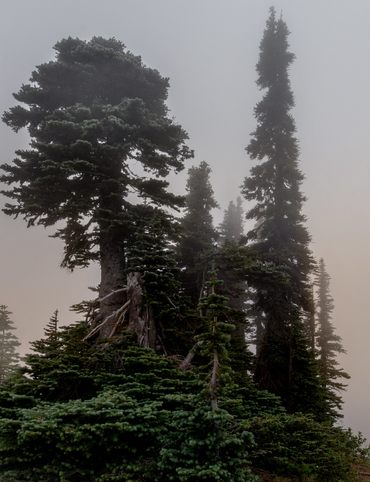
9 Strange and Surreal Spots in Washington State
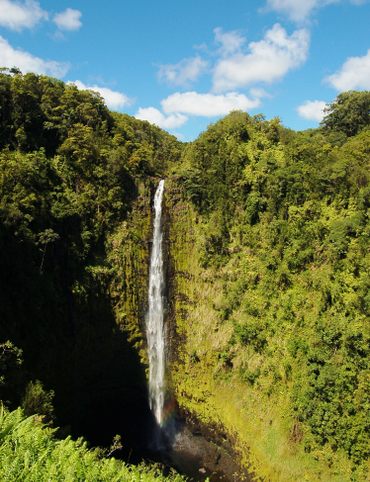
8 Watery Wonders in Hawaiʻi, Without Setting Foot in the Ocean
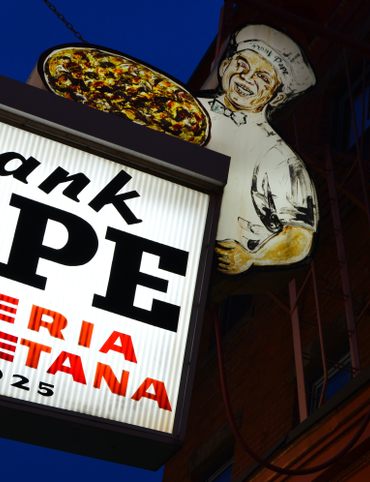
6 Unusual Eats Curiously Cooked Up in Connecticut
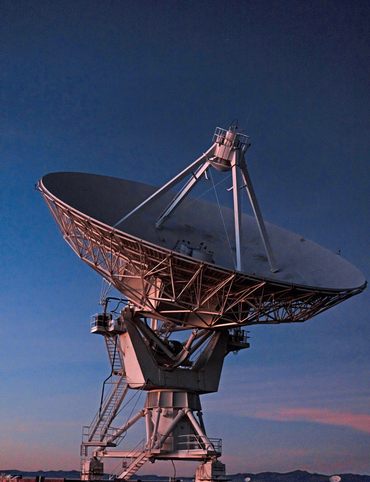
11 Close Encounters With Aliens and Explosions in New Mexico
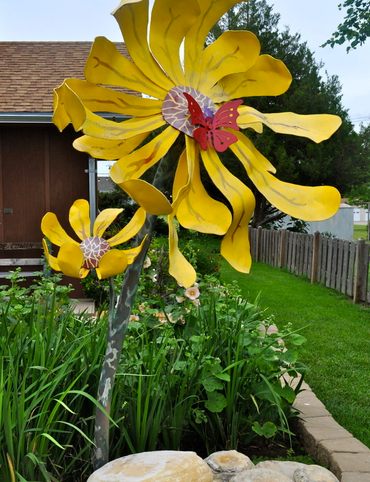
10 Places to Trip Way Out in Kansas

The Resilience of New York in 10 Remarkable Sites

7 Very Tall Things in Very Flat North Dakota
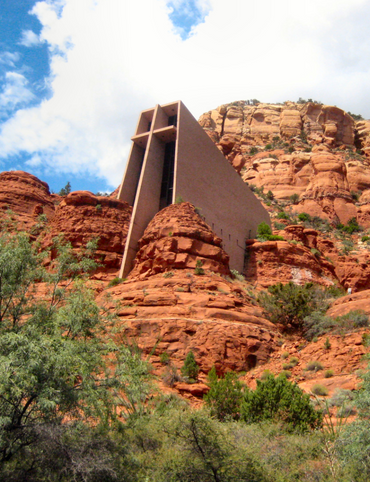
8 Blissfully Shady Spots to Escape the Arizona Sun

9 Surprisingly Ancient Marvels in Modern California

10 Art Installations That Prove Everything's Bigger in Texas
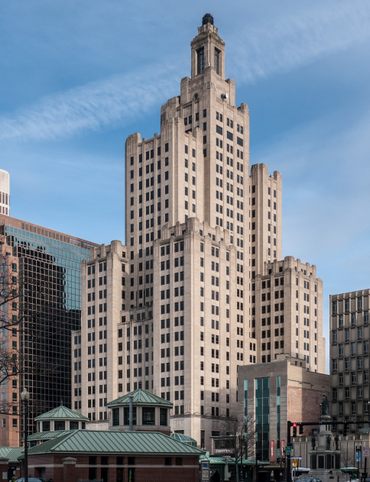
6 Huge Things in Tiny Rhode Island
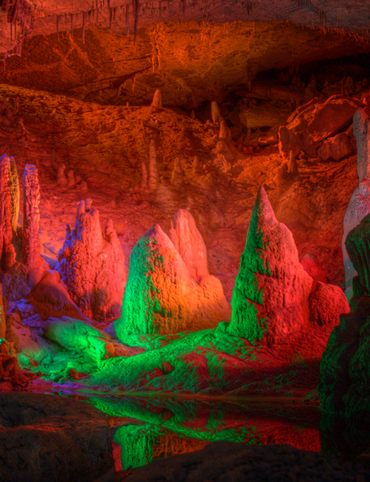
7 Underground Thrills Only Found in Tennessee

Sink Into 7 of Louisiana's Swampiest Secrets

7 Mechanical Marvels in Michigan

11 Wholesome Spots in Nevada

7 Places to Glimpse Maine's Rich Railroad History
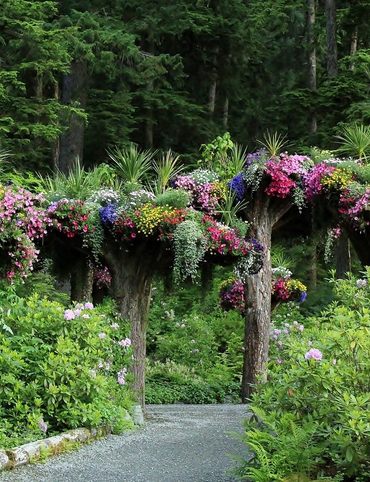
11 Places Where Alaska Bursts Into Color
